Sodium hypochlorite
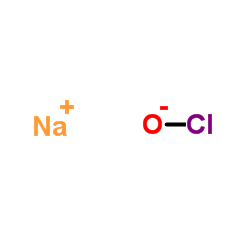
Sodium hypochlorite structure
|
Common Name | Sodium hypochlorite | ||
|---|---|---|---|---|
| CAS Number | 7681-52-9 | Molecular Weight | 74.442 | |
| Density | 1.25 g/mL at 20 °C | Boiling Point | 111 °C | |
| Molecular Formula | ClNaO | Melting Point | -16 °C | |
| MSDS | Chinese USA | Flash Point | N/A | |
| Symbol |


GHS05, GHS09 |
Signal Word | Danger | |
| Name | sodium hypochlorite |
|---|---|
| Synonym | More Synonyms |
| Density | 1.25 g/mL at 20 °C |
|---|---|
| Boiling Point | 111 °C |
| Melting Point | -16 °C |
| Molecular Formula | ClNaO |
| Molecular Weight | 74.442 |
| Exact Mass | 73.953537 |
| PSA | 23.06000 |
| LogP | 0.57070 |
| Stability | Stable. Contact with acids releases poisonous gas ( chlorine ). Light sensitive. Incompatible with strong acids, amines, ammonia, ammonium salts, reducing agents, metals, aziridine, methanol, formic acid, phenylacetonitrile. |
| Water Solubility | decomposes. |
CHEMICAL IDENTIFICATION
HEALTH HAZARD DATAACUTE TOXICITY DATA
MUTATION DATA
|
| Symbol |


GHS05, GHS09 |
|---|---|
| Signal Word | Danger |
| Hazard Statements | H315-H318-H400 |
| Precautionary Statements | P273-P280-P305 + P351 + P338 |
| Hazard Codes | C:Corrosive |
| Risk Phrases | 31-34-36/38-36/37/38 |
| Safety Phrases | S26-S36/37/39-S45-S50A-S28A |
| RIDADR | UN 1791 8/PG 3 |
| WGK Germany | 2 |
| RTECS | NH3486300 |
| Packaging Group | III |
| Hazard Class | 8 |
| HS Code | 2828900000 |
| Precursor 7 | |
|---|---|
| DownStream 10 | |
| HS Code | 2828900000 |
|---|
|
A method for sampling microbial aerosols using high altitude balloons.
J. Microbiol. Methods 107 , 161-8, (2015) Owing to the challenges posed to microbial aerosol sampling at high altitudes, very little is known about the abundance, diversity, and extent of microbial taxa in the Earth-atmosphere system. To dire... |
|
|
Selective Modification of Halloysite Nanotubes with 1-Pyrenylboronic Acid: A Novel Fluorescence Probe with Highly Selective and Sensitive Response to Hyperoxide.
ACS Appl. Mater. Interfaces 7 , 23805-11, (2015) A novel fluorescence probe based on modified halloysite nanotubes (HNTs) by using 1-pyrenylboronic acid selectively grafted onto the inner surface of lumen was successfully achieved. The solid-state n... |
|
|
Chemical isolation and characterization of different cellulose nanofibers from cotton stalks.
Carbohydr. Polym. 134 , 581-9, (2015) Recently, cellulose nanofibers (CNFs) have received wide attention in green nanomaterial technologies. Production of CNFs from agricultural residues has many economic and environmental advantages. In ... |
| clorox |
| sodium chlorine monoxide |
| parozone |
| Sodium hypochlorite |
| chloros |
| MFCD00011120 |
| EINECS 231-668-3 |
| chlorine bleach |
| javex |
| purinb |
| chlorox |
| commercial bleach |
| Sodium hypochloride |
| milton |
| deosan |
| naocl |
| klorocin |
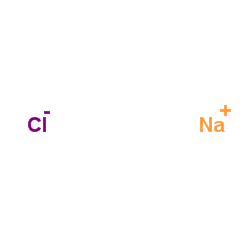 CAS#:7647-14-5
CAS#:7647-14-5 CAS#:7782-50-5
CAS#:7782-50-5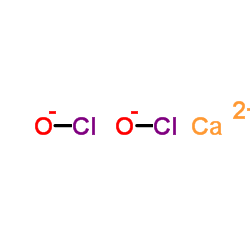 CAS#:7778-54-3
CAS#:7778-54-3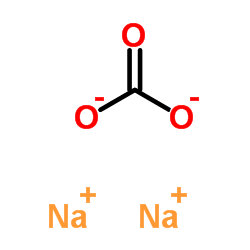 CAS#:497-19-8
CAS#:497-19-8 CAS#:14989-30-1
CAS#:14989-30-1 CAS#:17341-25-2
CAS#:17341-25-2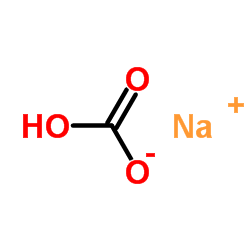 CAS#:144-55-8
CAS#:144-55-8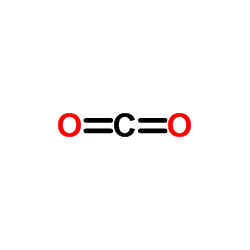 CAS#:124-38-9
CAS#:124-38-9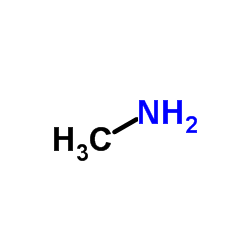 CAS#:74-89-5
CAS#:74-89-5 CAS#:7727-37-9
CAS#:7727-37-9 CAS#:506-77-4
CAS#:506-77-4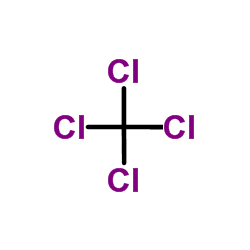 CAS#:56-23-5
CAS#:56-23-5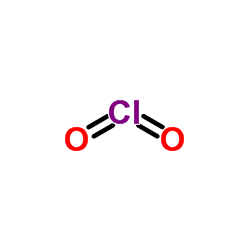 CAS#:10049-04-4
CAS#:10049-04-4 CAS#:16887-00-6
CAS#:16887-00-6 CAS#:14866-68-3
CAS#:14866-68-3 CAS#:110-21-4
CAS#:110-21-4
